Adjaye set to create memorial to West African slaves in Barbados
Architecture studio Adjaye Associates has designed a memorial on a rammed-earth mound, museum and research institute focused on the impact of slavery for Bridgetown, Barbados.
The studio, which is led by RIBA Royal Gold Medalist David Adjaye, designed the Barbados Heritage District to address the impact of the transatlantic slave trade on the island, which recently became a republic.
"Drawing upon the technique and philosophy of traditional African tombs, prayer sites and pyramids, the memorial is conceived as a space that contemporaneously honours the dead, edifies the living, and manifests a new diasporic future for Black civilization," said the studio.
It is estimated that almost 400,000 enslaved Africans were transported to Barbados during the 17th and 18th centuries, while the island was a British colony.
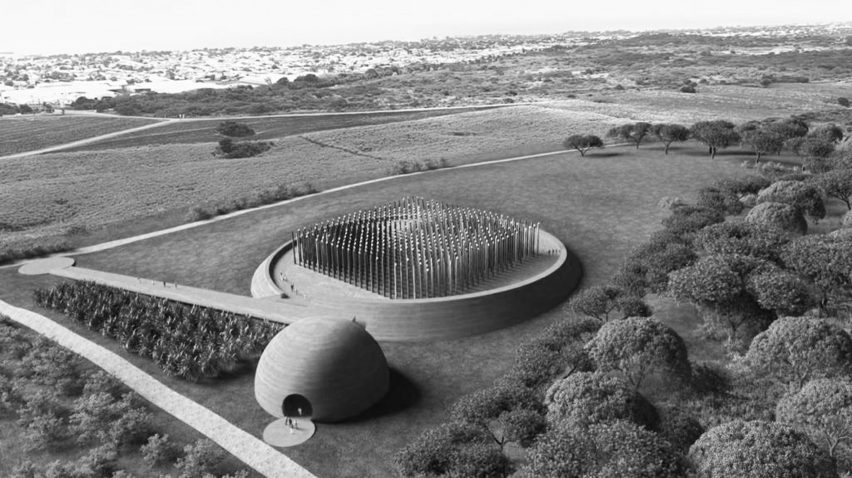
Set to be built on Newton Plantation, next to the Newton Enslaved Burial Ground, the Newton Enslaved Burial Ground Memorial is designed to commemorate an estimated 570 West African slaves who are buried on the site.
The memorial structure will have 570 vertical timber columns topped with circular brass plates arranged in rows on top of a mound made from rammed earth.
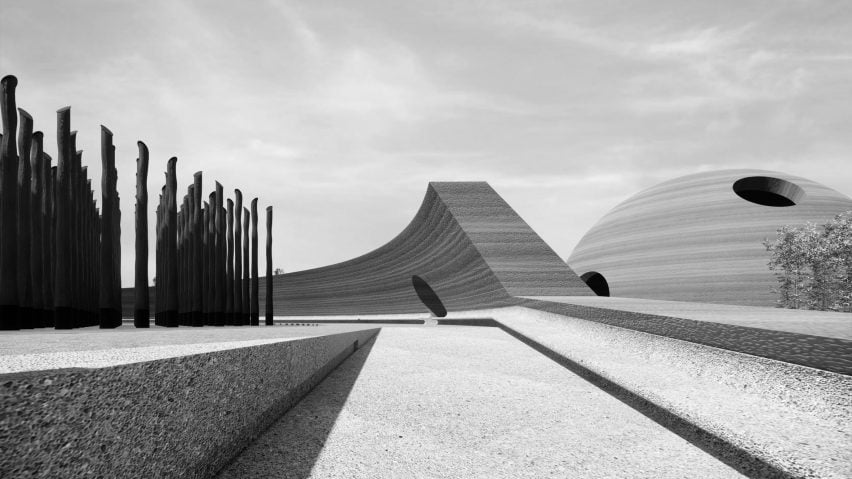
"As a means of physicalising and commemorating the enslaved buried below this sacred earth, the field is punctuated by 570 individual timber beams each capped with circular brass plates oriented towards the sun to catch the Barbadian light," explained the studio.
"The memorial will demarcate a site of tragedy and trauma and transform it into a charged place of commemoration, remembrance and connection."
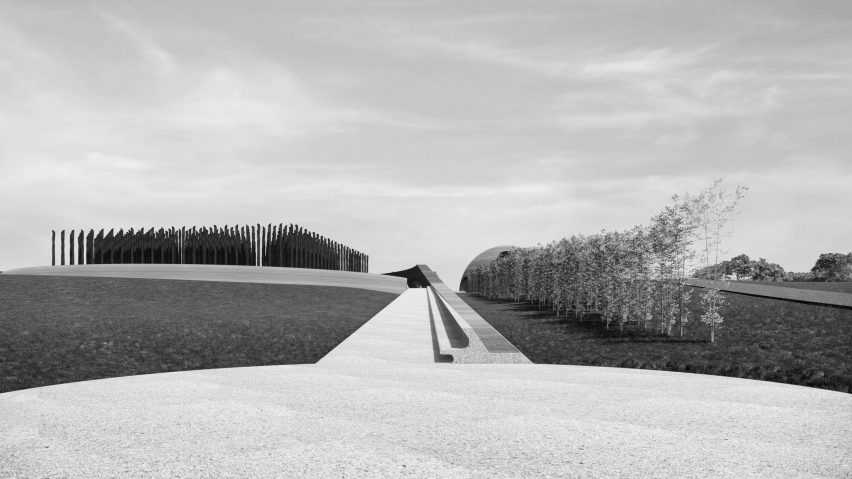
The mound itself will be positioned at the highest point of the sloped site, accessible via a ramp that leads up from a domed museum composed of red laterite earth materials.
The museum will contain exhibits focused on the burial ground and the trans-Atlantic slave trade, while circular openings will punctuate the dome to give views of the sky above and let in light in.
Adjaye Associates' describes its design as "inherently African", as evidenced in its material choices.
"Aligning the sacred landscape with notions of renewal and rebirth, the memorial addresses a traumatic past whilst celebrating the potential for new futures through an inherently African design in which the cycle of birth to death, born from the Earth and returning, becomes manifest and mediated through architecture."
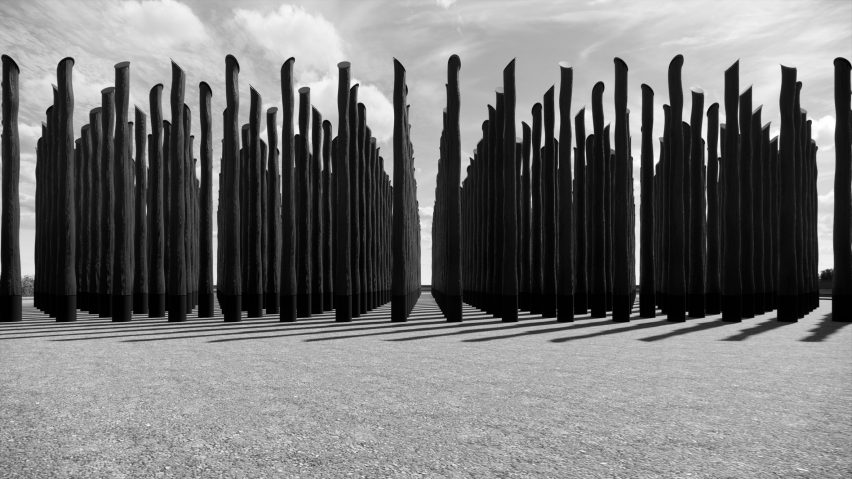
A research centre dedicated to covering the history and legacy of slavery is also planned to be built on the site, although details of this have yet to be revealed.
The project was announced shortly after Barbados became the word's latest republic, after removing the British monarchy as its head of state last week.
Construction of the memorial is due to begin on 30 November, 2022, which will be exactly one year since Barbados became a republic.
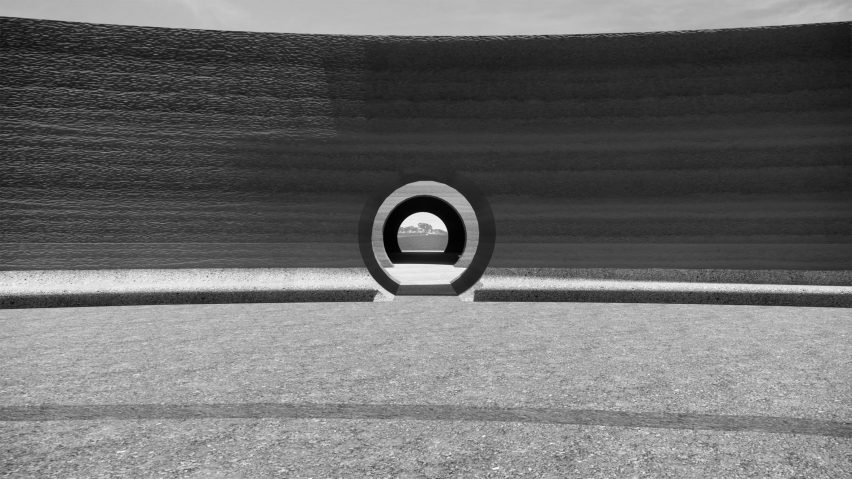
Award-winning architect Adjaye has spoken publicly about the need for more memorials and monuments dedicated to the victims of slavery.
He also curated an exhibition at the Design Museum called Making Memory which covered seven monuments and memorials by Adjaye Associates.
Adjaye Associates was established by David Adjaye in 2000. The studio is currently working on Le Mémorial des Martyrs, which is set to be built in Niger and a memorial for a Black woman killed by British police in London.